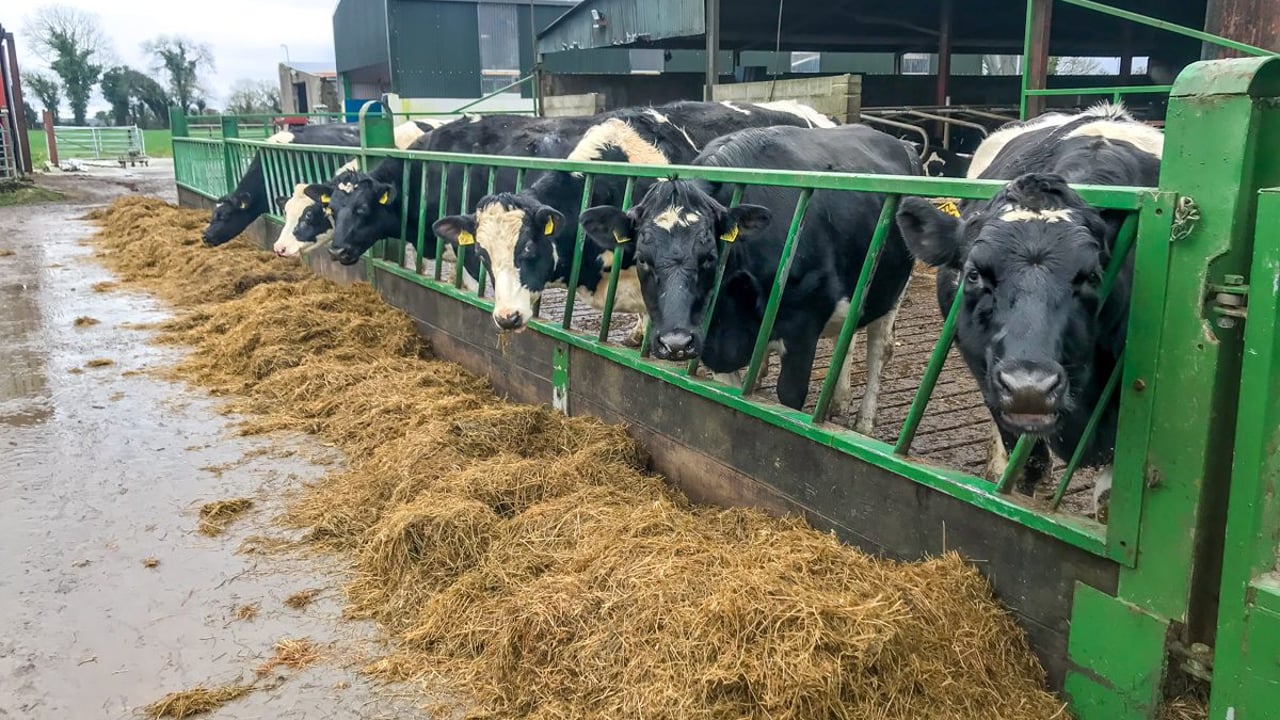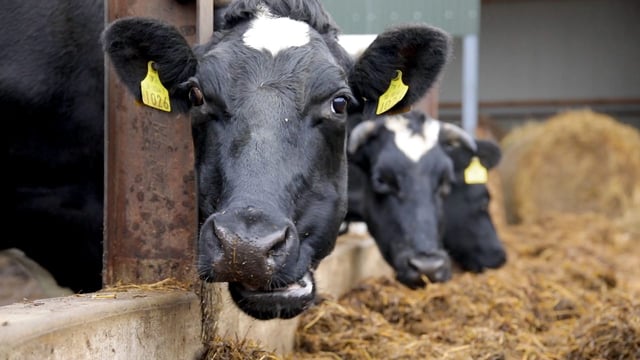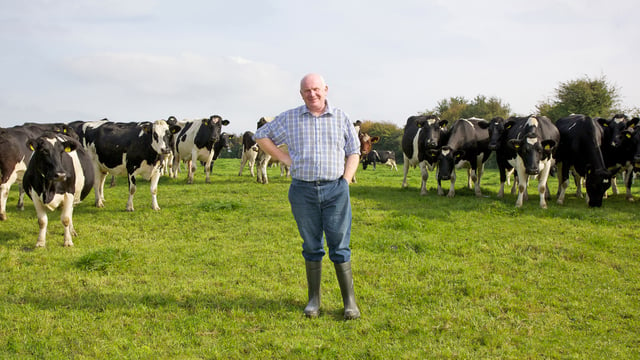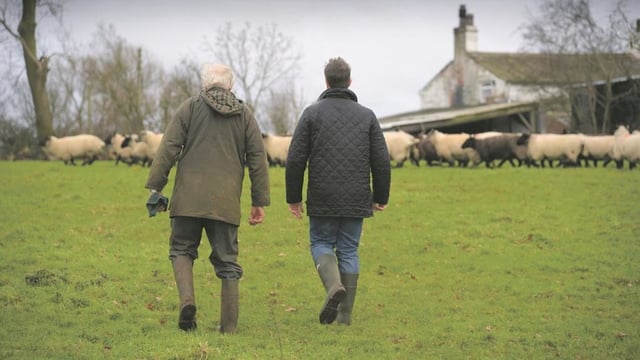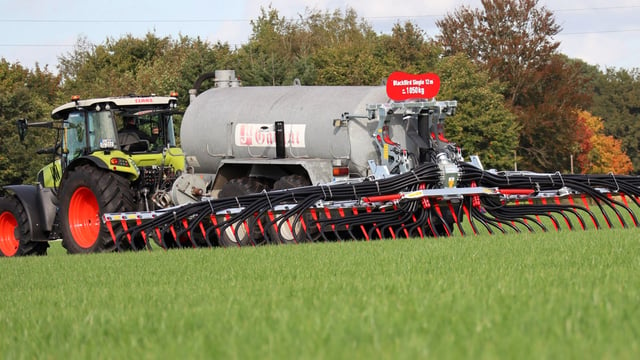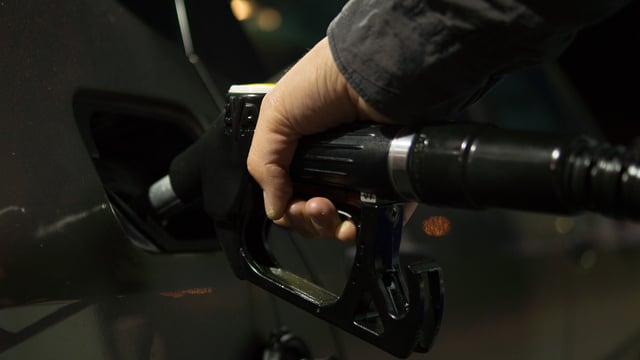Managing negative energy balance for your autumn calving cow
The few weeks after calving is crucial for the freshly calved cow, and managing her negative energy balance (NEB) needs to be a priority in order for her to have successful lactation.
Dairy cows enter a NEB a few weeks before calving and could remain in this state for a couple of weeks post-calving.
Their transition period from calving down to producing milk can be quite traumatic and stressful and therefore, the cows' dry matter (DM) intake is reduced post-calving.
NEB simply means that the cow is not eating adequate levels of energy that is required for her maintenance, gestation and production.
Negative energy balance
Insufficient energy in the milking cow's diet can result in low milk protein, low milk yields, poor fertility and poor immunity.
The longer this NEB goes on, the increased likelihood of the cow going down with metabolic disorders such as ketosis, fatty liver and displaced abomasum.
Almost every cow in the herd will have some degree of NEB during early lactation, but when there are a couple of cases of ketosis in the herd of over 2%, the farmer should seek advice and act straight away.
All cows are going to lose a bit of condition when they calve down - this is natural, but if there is excessive loss in the following weeks, this is a sign that there is an issue in the herd.
According to Teagasc, indicators of an NEB issue in the herd are:
- Less than 15% of early lactation cows with milk protein <3.05%;
- Less than 15% of cows with a milk fat: protein ratio >1.4;
- Less than 25% of cows with >0.5 units of body condition score (BCS) loss in early lactation.
Decreased feed intake is the first clinical sign of severe ketosis and if ration is offered to the cow, the cow with ketosis will often refuse grain before forage.
Decreased milk production and lethargy are usually the first few clinical signs of ketosis.
This can lead to excessive loss in body condition score (BCS) in a short amount of time and is caused by the cow trying to mobilise body fat to make up for the NEB.
To treat clinical cases, cows should be drenched straight away with propylene glycol to restore blood glucose levels as quickly as possible.
Cows should enter the dry period in the correct BCS, with their score not increasing over 3.0 during the period so that they calve down in good condition.
Overfat cows are susceptible to issues at calving and metabolic issues post-calving – which is why the monitoring of BCS is crucial during the dry period and at calving.

